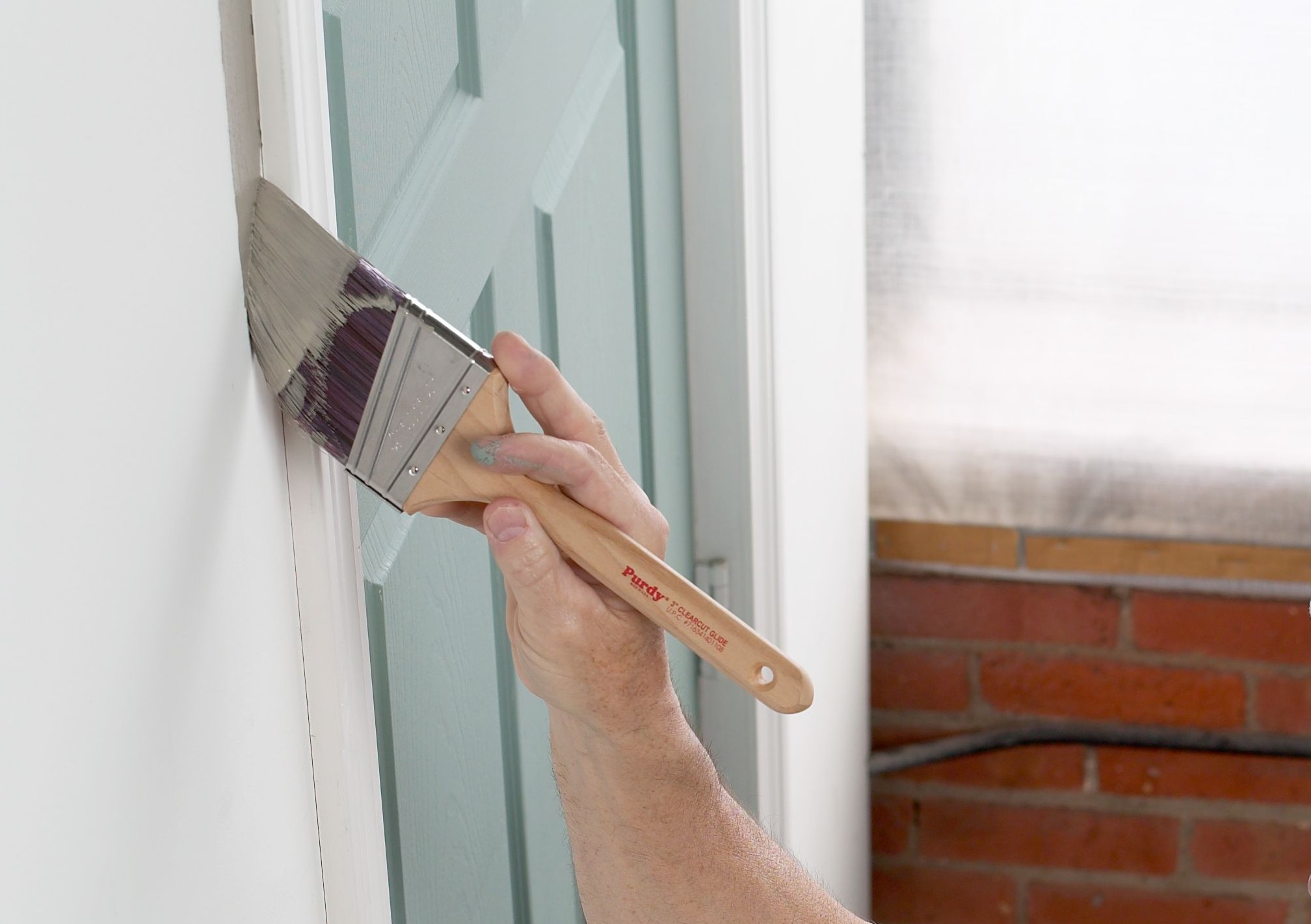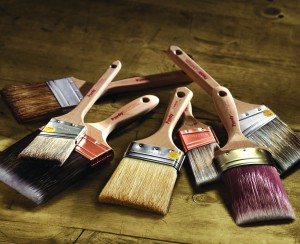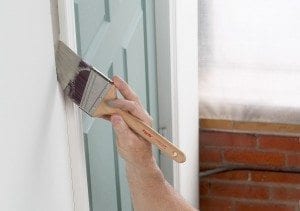
How to choose the right paint brush for the job

When selecting a paint brush, look for high-quality bristles or filaments, quality construction, and an ergonomic handle.
The right paint brush saves time because it holds more paint and provides better control. You’ll pay a bit more – a good 2½-inch trim paint brush will cost $12 or more – but it will last longer and result in a better finish. When selecting a paint brush, look for high-quality bristles or filaments, quality construction, and an ergonomic handle. Here is how to choose the right paint brush for the job.
Paint brush bristle types
A good indicator of quality bristles is flagging – split ends at the tips of the bristles. Synthetic bristles need flagging to leave a smooth finish, so avoid a paint brush without it.
When is time to choose the right paint brush, bristle density is important as well. Paint is held in place by the space between the bristles, so the more bristles a brush has, the more paint it will hold and the less time you’ll spend loading the brush. Good brushes are also tapered, which gives the brush more stiffness and control. Look for tapered brushes where the brush is thicker toward the ferrule. Avoid brushes with bristles that are all the same length.
Natural bristle brushes, made with hog, ox or badger hair, are often called China bristle because most of the hair comes from China. They should only be used with oil-based paints because the natural fibers will absorb the water in latex paints and quickly swell out of shape.
Polyester brushes are best suited for latex paints as they don’t absorb water and hold their shape and stiffness. Polyester paint brushes are typically favored by professional painters for thicker, high-build paints as the stiffness provides excellent control.
Blended nylon/polyester brushes are best for latex paints. These brushes have a medium flex and are well suited for all-around use. Easy to clean, these brushes are built to handle numerous jobs and last for years with proper care.
To paint a smooth surface with oil-based paint, natural white bristles are better because they are softer and suppler. For rough or textured surfaces, choose a stiffer natural black bristle brush because it has better abrasion resistance.
[tip id=”9677″]Size and shape
Handle shape and balance is largely a matter of personal preference, but when is time to choose the right paint brush most professionals prefer a beaver-tail handle to straight. Brush size and bristle shape is typically dictated by the surface/material you will be painting.
- 1-2 inches – use for trim work, touch-ups and smaller projects, such as window frames and moldings.
- 2½-3 inches – use for medium-sized surfaces, such as cabinets, baseboards, doors, fences, etc.
- 3½-6 inches – use for larger surfaces, such as walls, ceilings, exterior siding and floors.
Brush end choices include chisel-end brushes (in either square or angled) have slanted bristles that provide straight lines for trimming in corners and edges; angled brushes, which make it easier to paint things like window trim; and square brushes, which are primarily mostly for applying paint over flat areas.
—By Rob Fanjoy



